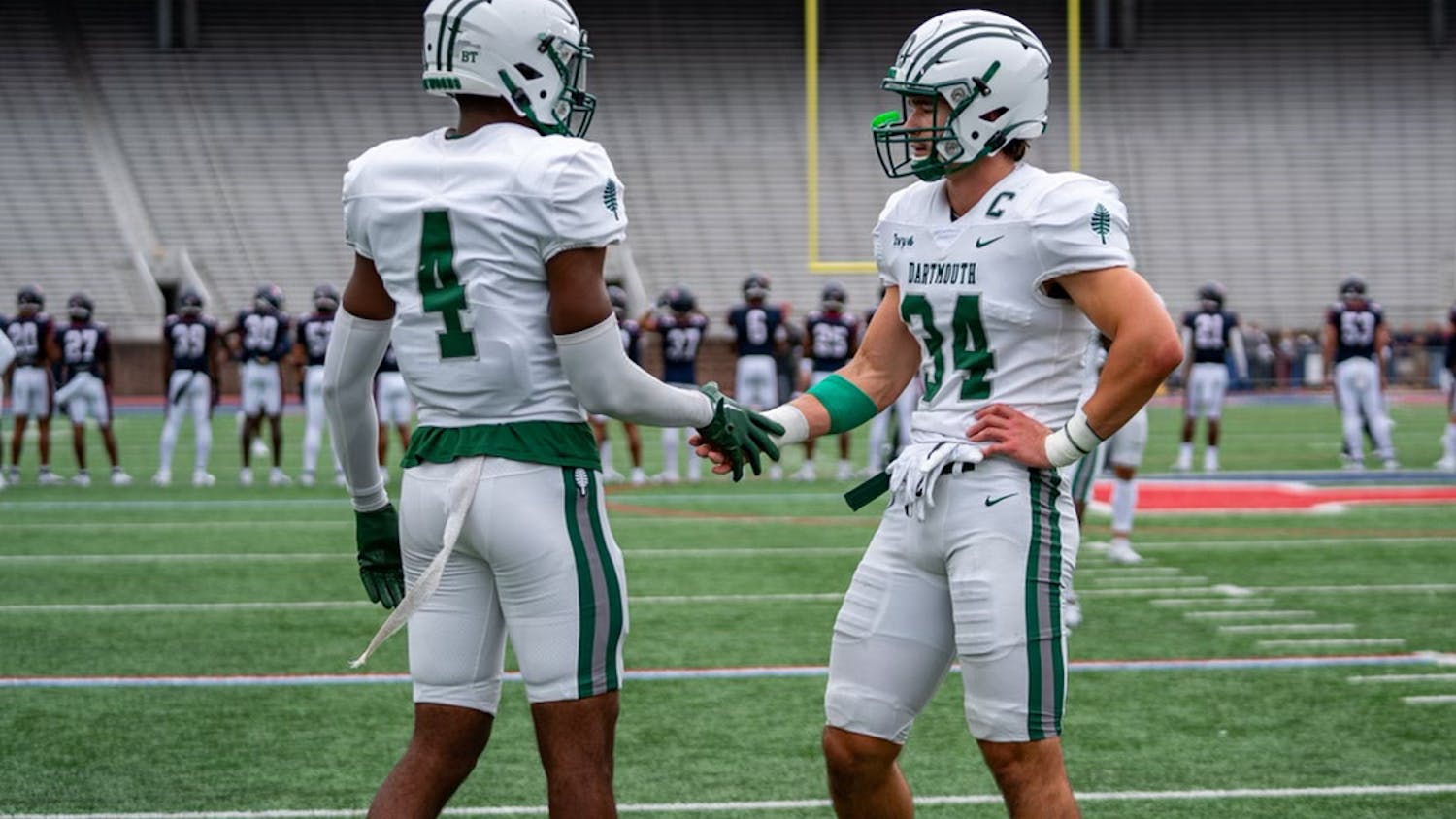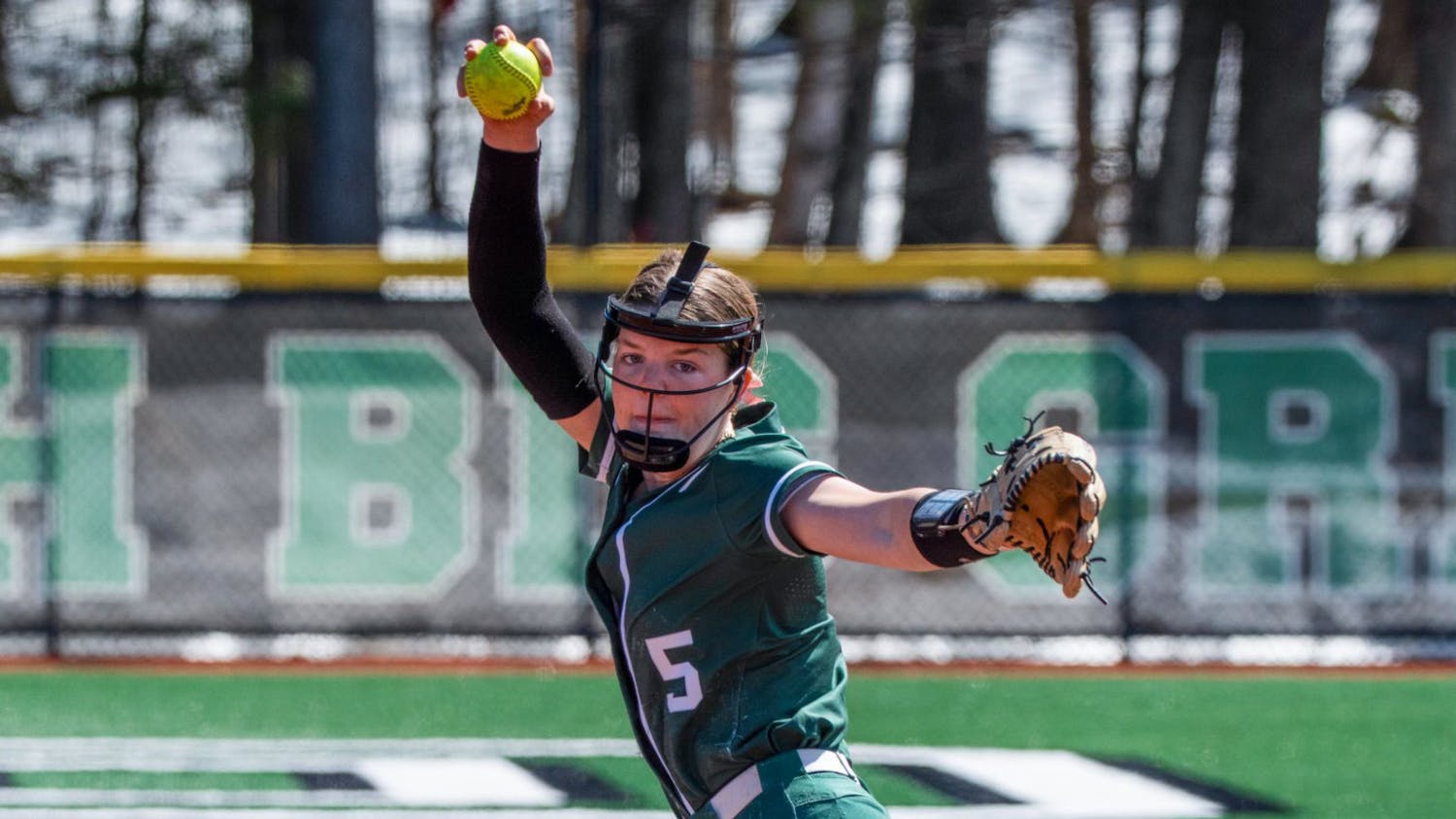Each week The Numbers Game will break-down one Dartmouth sports statistic.
This week’s number: 5.02- Kyle Hendricks ’12’s 5.02 ERA differential between his sophomore and junior seasons
During last year’s MLB postseason, former Dartmouth pitcher and current Chicago Cub Kyle Hendricks ’12 was at the center of the baseball universe. The now-26-year-old was given the opportunity to start Game 3 of the National League Championship Series against the New York Mets. The Cubs were down 2-0 in the best of seven series and were hosting their first NLCS game in 12 years.
If you told scouts after Hendricks’ sophomore season in Hanover that the right-hander would be starting a must win game in the NLCS, they probably would have laughed in your face. This would have been no disrespect to Hendricks but rather a fair assessment of the pitcher’s chances of making an impact in professional baseball at that point in his collegiate career. In 2010, his sophomore campaign, Hendricks went 4-6 with a less-than-impressive 7.49 ERA in 57.2 innings. Then, in 2011, Hendricks made an incredible leap and posted a 5-3 record with a 2.47 ERA in 62.0 innings. Hendricks improved his ERA by 5.02 between these two seasons, propelling him to first-team All-Ivy honors and earning Dartmouth’s Pitcher of the Year. Soon after his junior year, Hendricks was drafted in the eighth-round of the MLB’s First-Year Player Draft by the Texas Rangers, going 264th overall.
Earned Run Average, or ERA, is the best measure for evaluating a pitcher’s overall effectiveness. It is obtained by dividing total earned runs allowed by total innings pitched and then multiplying this number by nine. Although this may seem a bit confusing, the statistic is merely how many runs a pitcher would give up on average if they were to pitch a full nine inning game.
In the case of Hendricks, seeing a pitcher improve his ERA by over five runs during his college career, let alone in a single calendar year, is almost unheard of. Current Dartmouth baseball workhorse Duncan Robinson ’16 significantly improved between his sophomore and junior season but certainly not to the extent of Hendricks. In 2014, Robinson went 7-3 with a 2.96 ERA in 54.2 innings pitched. Then, in 2015, he posted a 2.62 ERA in 65.1 innings to go along with a 6-2 record. As validation for his improvement, Robinson was named Ivy League Pitcher of the Year. Robinson’s career path mirrors more closely that of a dominant pitcher with dramatic improvement between his freshman and sophomore year with incremental improvements for the rest of his careers. It is very rare that we see a pitcher suddenly develop into a dominant force in their junior year as we saw with Hendricks.
If we compare Hendricks’ college career to other MLB pitchers’ college career arc, the Dartmouth alumnus still stands out. Former Vanderbilt University and current Boston Red Sox starter David Price is possibly the most dominant pitcher in recent college baseball memory. In his sophomore year, the lefty flame thrower posted a 4.16 ERA in 110.1 innings. In a more prominent role during his junior year the 2012 American League Cy Young Award winner won 11 games with a stingy 2.63 ERA in 133.1 innings pitched. The point is that though Price did improve, we just do not see the type of improvement in pitchers that go on to pitch in the majors that Hendricks experienced from his sophomore to junior season.
In Game 3 against the Mets, Hendricks battled through some early butterflies and ended up pitching four innings and giving up two earned runs. The game was an encapsulation of a very solid 2014-2015 season with the Cubs for the former Big Green standout in which he posted an 8-7 record with a 3.95 ERA during the regular season.



